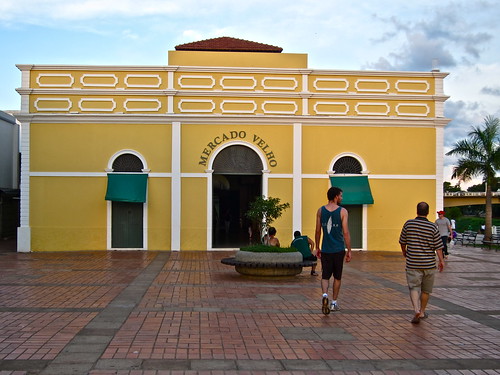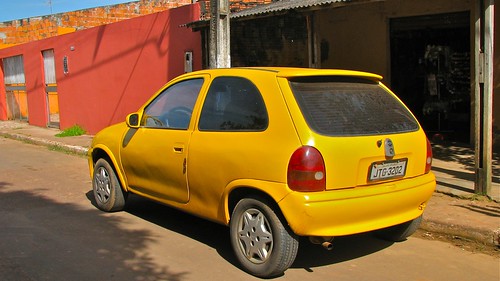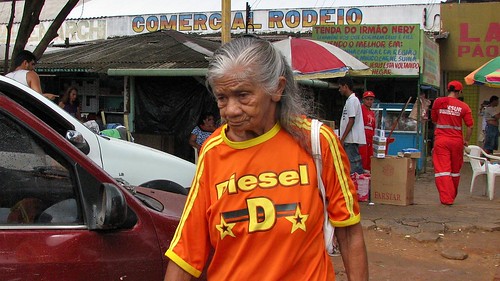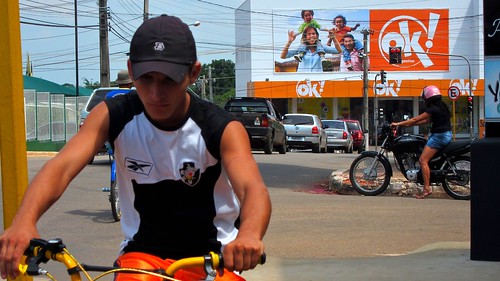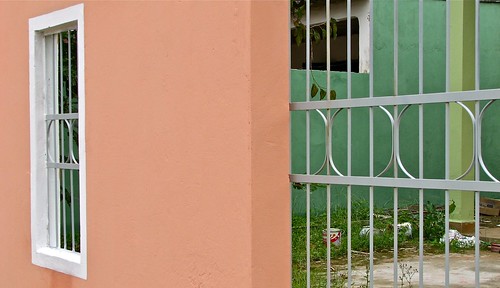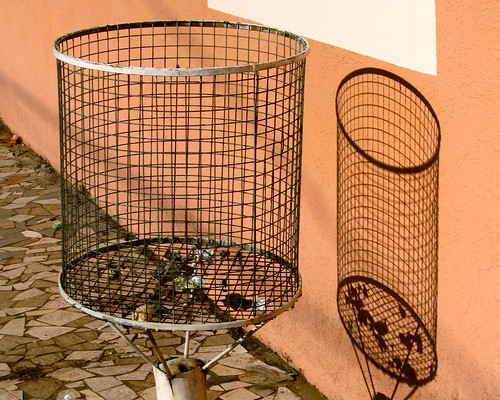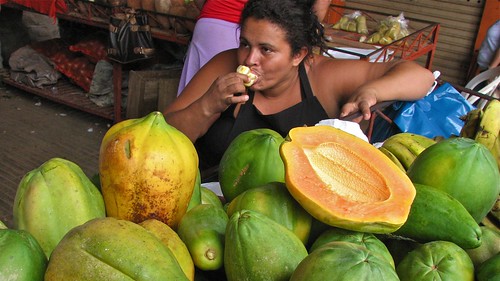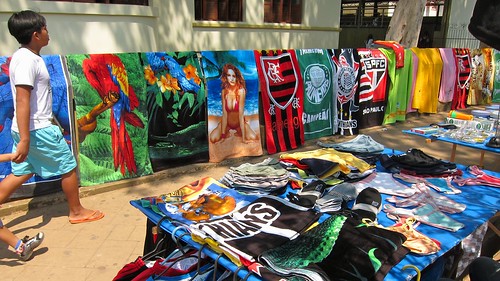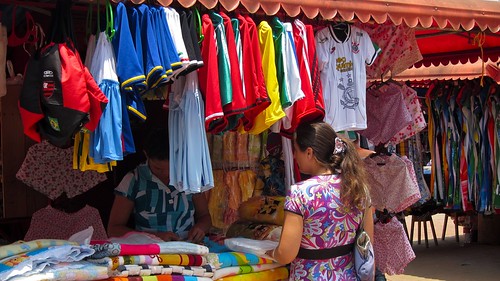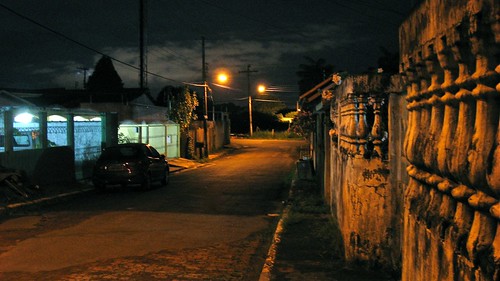
"A Guide to Enlightenment for the Serious Dim Bulb" by Newmi a.g. Newman and David Trevelyan is a wacky irreverent chronicle of the adventures of the Fung Shoe brothers in a village in Bali where they learn to be careful about what you ask for.
"This is a strange and quirky cosmic comic book that deserves to garner a huge following .... it might become a sort of a 'cult' book that will take a little time to connect with enough funny bones ... but I think it will. " Canadian Filmmaker, Penny Joy (Gumboot Productions)
Take a look inside at Amazon.com


